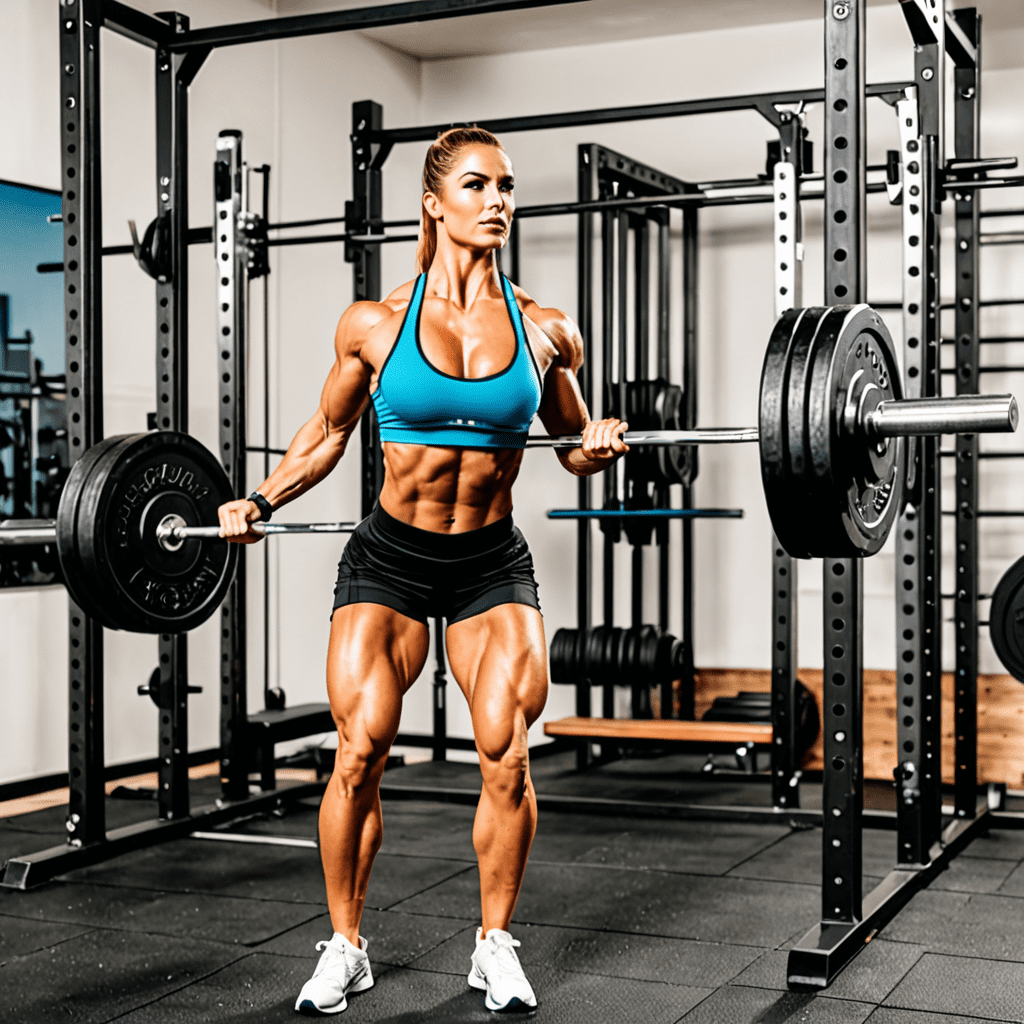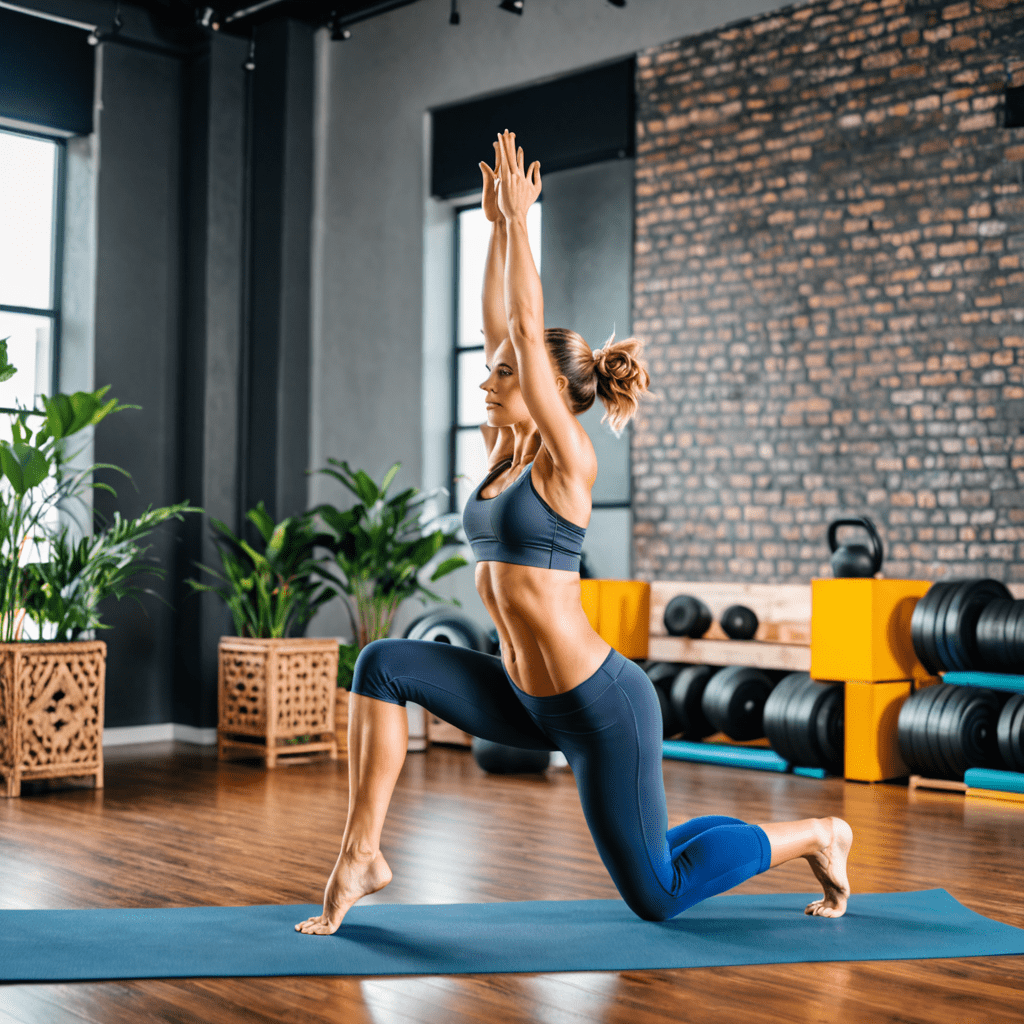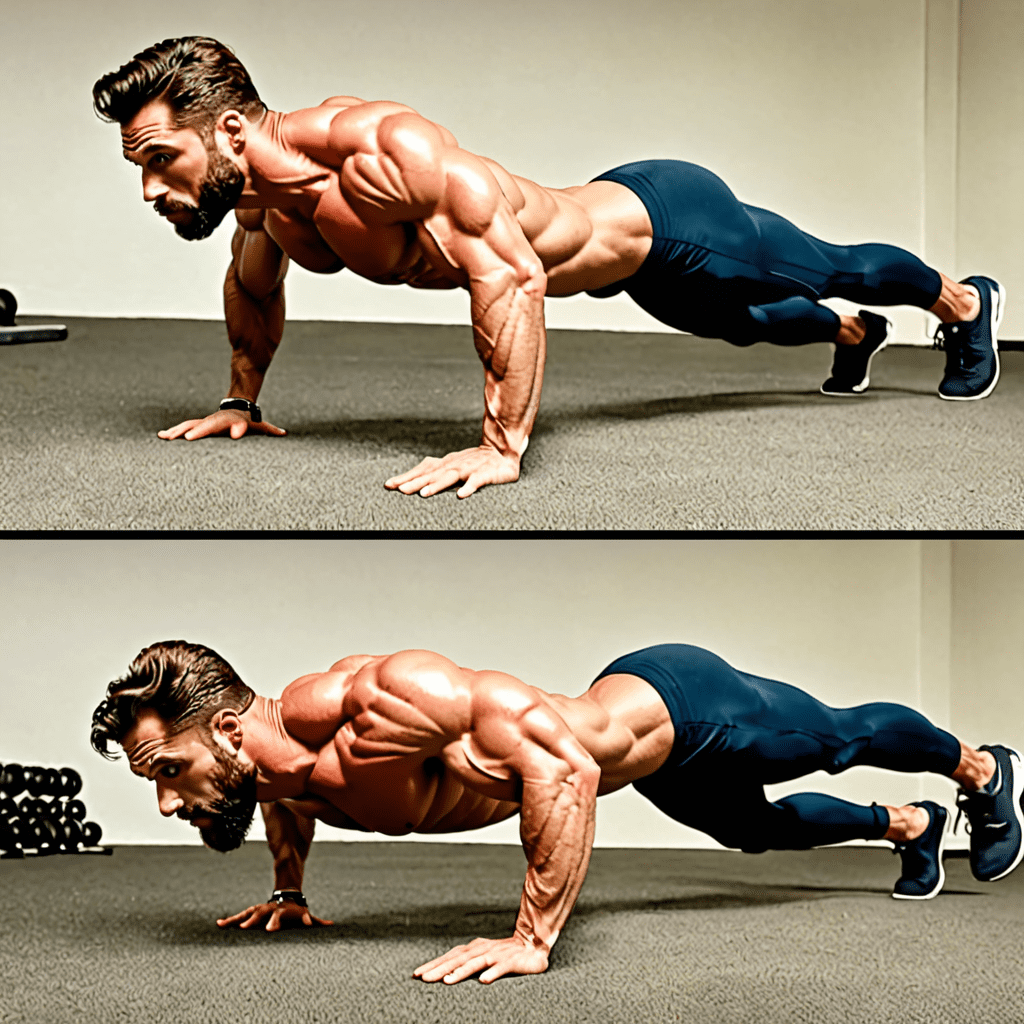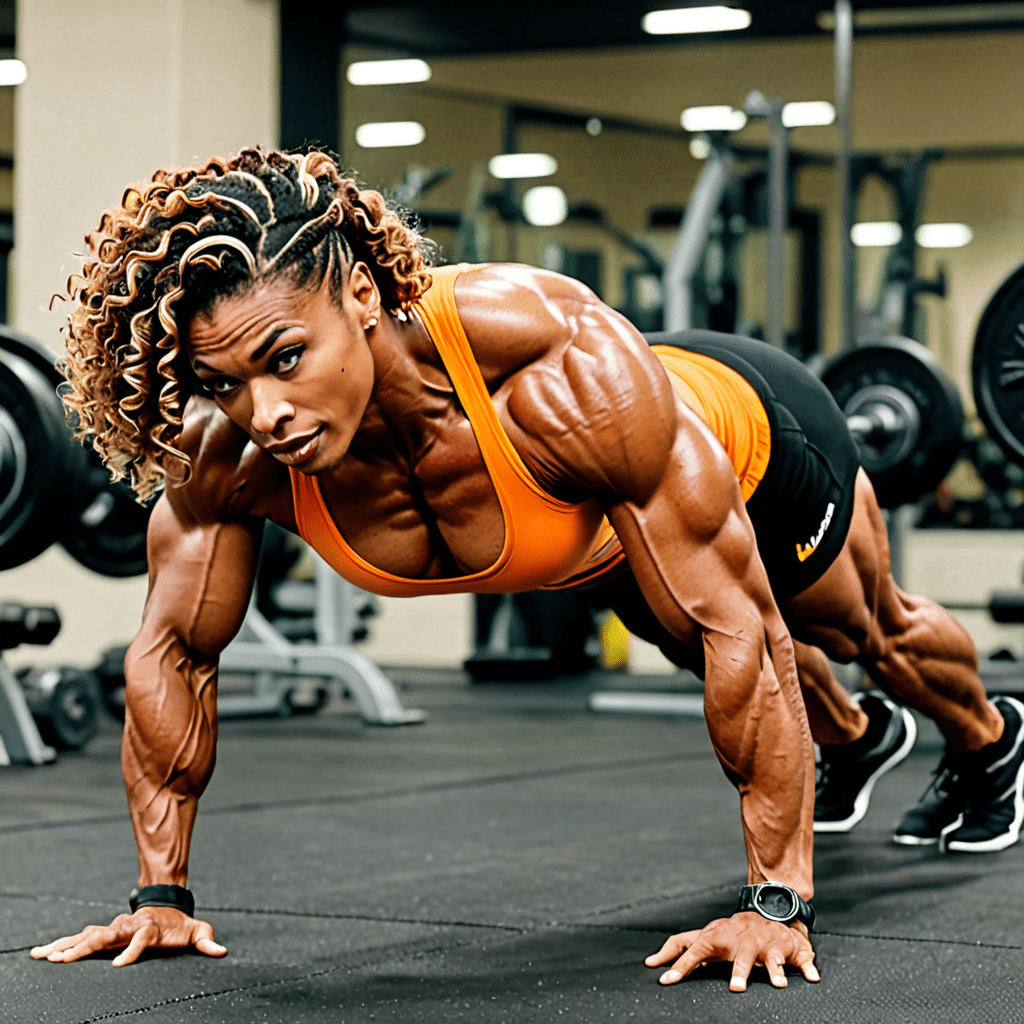
Uncover the Appearance of a Squat Bar: A Detailed Visual Guide
When it comes to weightlifting and strength training, the squat bar is a crucial piece of equipment. Let’s take a close look at what a squat bar looks like and its key features.
What is a Squat Bar?
A squat bar, also known as a powerlifting barbell, is a specialized type of barbell designed for squatting exercises. It is longer and sturdier than a standard barbell and is specifically crafted to withstand heavy loads and intense workouts.
Key Components of a Squat Bar
A squat bar typically consists of the following components:
- Length: A standard squat bar is approximately 7 feet long, providing ample space for wide grip placement.
- Weight: A typical squat bar weighs around 45 pounds, offering substantial heft for strength training.
- Thickness: The bar has a diameter of approximately 1.25 inches, ensuring a solid grip during lifts.
- Knurling: The bar features knurling patterns to enhance grip and prevent slipping during squats.
- Load Capacity: A squat bar is designed to support heavy weights, often with a load capacity of over 1,000 pounds.
External Appearance and Design
The external appearance of a squat bar is distinct, with key design elements that set it apart from standard barbells:
- Central Markings: A squat bar typically has distinct markings at the center, aiding lifters in positioning the bar accurately on their back during squats.
- Black Oxide Coating: Many squat bars feature a black oxide coating, providing both aesthetic appeal and corrosion resistance.
- Stiffness and Rigidity: The bar is notably stiffer and less flexible than traditional barbells, offering enhanced stability during intense squatting movements.
Understanding the Knurling Pattern
The knurling pattern on a squat bar plays a vital role in ensuring a secure grip and control during lifts. The pattern consists of a series of diamond-shaped or crosshatched textured areas strategically placed along the bar’s surface.
Maintaining and Caring for a Squat Bar
To preserve the functionality and appearance of a squat bar, regular maintenance is essential. This includes wiping down the bar after use to remove sweat and chalk, as well as periodically lubricating the sleeves to prevent corrosion and promote smooth spinning.
FAQs
Q: Can a squat bar be used for exercises other than squats?
A: While the squat bar is primarily designed for squats, it can also be utilized for various other exercises such as deadlifts, bench presses, and overhead presses.
Q: What is the recommended way to grip a squat bar during squats?
A: For squats, most lifters opt for a low-bar or high-bar position, gripping the bar with hands spaced comfortably apart and securing it across their upper back and shoulders.
Q: Are there different types of squat bars available?
A: Yes, variations such as safety squat bars and cambered squat bars offer unique designs tailored to specific preferences and training needs.
Q: Is it necessary to use collars with a squat bar?
A: Using collars is recommended to secure the weight plates in place and minimize the risk of plates shifting during lifts, particularly with heavy loads.


